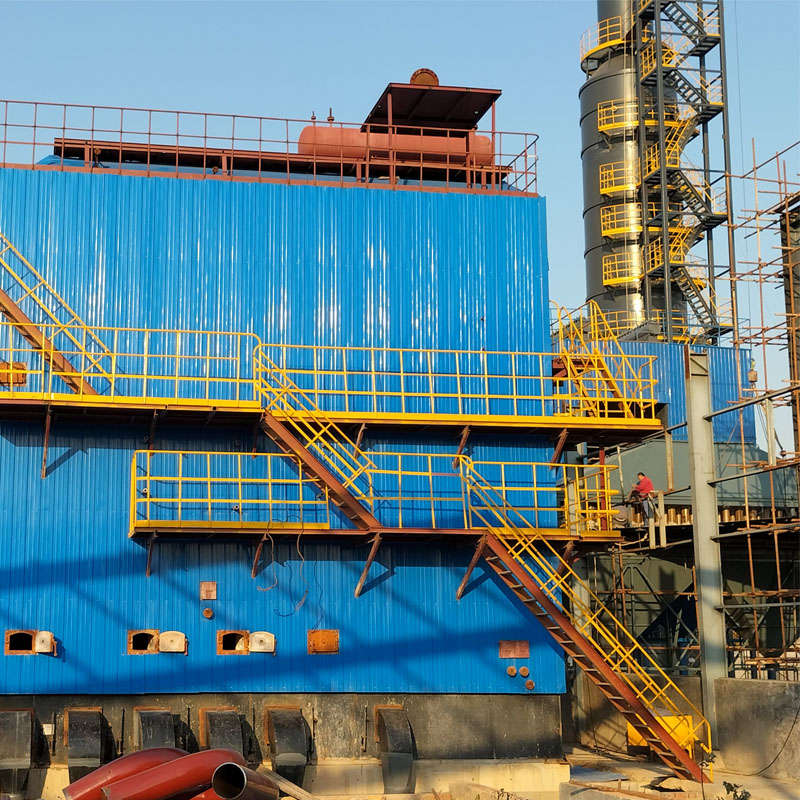
Jul . 25, 2024 05:07 Back to list
Comprehensive Guide to Understanding and Using Your Ideal Unvented Cylinder System
Understanding the Ideal Unvented Cylinder A Comprehensive Overview
An unvented hot water cylinder, often referred to as an ideal unvented cylinder, is a popular choice for homeowners seeking efficient and space-saving solutions for their hot water needs. Unlike traditional vented systems, which require a cold water tank, unvented cylinders are connected directly to the mains water supply. This results in several advantages, including improved performance, faster delivery times, and enhanced safety features. In this article, we will delve into the key aspects of unvented cylinders, including their operation, benefits, installation considerations, and maintenance tips.
How Unvented Cylinders Operate
An unvented cylinder operates under pressure derived from the mains water supply, which means it can deliver hot water at a higher flow rate. Typically made from stainless steel or copper, these cylinders are insulated to minimize heat loss and improve energy efficiency. The heating element—commonly an immersion heater or a boiler—warms the water stored inside, allowing homeowners to access hot water on demand.
One of the essential features of an unvented system is its safety mechanisms. These cylinders are equipped with pressure relief valves and expansion vessels which help to manage pressure fluctuations, ensuring the system operates safely without the risk of bursts or leaks.
Benefits of Unvented Cylinders
1. Higher Flow Rates One of the most significant advantages of unvented cylinders is their ability to provide higher flow rates compared to vented systems. This is particularly beneficial for households with multiple bathrooms or high hot water demands.
2. Space Saving As they do not require a cold water tank, unvented cylinders take up less space, making them an ideal choice for properties with limited loft space.
3. Improved Efficiency With direct mains supply, unvented cylinders can achieve quicker heating times and lower standing losses, contributing to overall energy efficiency. This can lead to reduced utility bills over time.
4. Better Water Pressure The direct connection to the mains system allows for consistent and reliable water pressure, enhancing the overall experience for users.
Installation Considerations
Installing an unvented cylinder is a task that should be undertaken by a qualified professional
. It is essential to comply with building regulations and the specific requirements outlined in the manufacturer's manual. Key steps includeideal unvented cylinder manual

- Location The cylinder should be installed in an accessible area that allows for proper drainage, typically near the main water supply.
- Expansion Vessel Proper installation of the expansion vessel is critical to manage the pressure generated when the water heats up.
- Pressure Relief Valve Installing this component is crucial for safety, as it prevents excessive pressure build-up.
Maintenance Tips
To ensure optimal performance and longevity of your unvented cylinder, regular maintenance is necessary. Here are some maintenance tips
1. Annual Servicing Schedule a professional service at least once a year to check the condition of your cylinder.
2. Inspect Safety Devices Regularly check pressure relief valves and other safety features to ensure they function correctly.
3. Monitor Water Quality Hard water areas may cause limescale buildup, so consider installing a water softener if necessary.
4. Check Insulation Ensure that the cylinder insulation remains intact to minimize heat loss.
Conclusion
An ideal unvented cylinder presents a reliable and efficient solution for modern households seeking uninterrupted hot water supply. By understanding their operation, benefits, and proper maintenance, homeowners can make informed decisions that enhance comfort and convenience in their daily lives. Always consult a qualified professional for installation and servicing to ensure safety and compliance with local regulations. As the demand for energy-efficient solutions grows, unvented cylinders will likely continue to gain popularity in residential settings.
-
High-Efficiency Commercial Oil Fired Steam Boiler for Industry
NewsJul.30,2025
-
High-Efficiency Biomass Fired Thermal Oil Boiler Solutions
NewsJul.30,2025
-
High Efficiency Gas Fired Thermal Oil Boiler for Industrial Heating
NewsJul.29,2025
-
High-Efficiency Gas Fired Hot Water Boiler for Sale – Reliable & Affordable
NewsJul.29,2025
-
High Efficiency Biomass Fired Hot Water Boiler for Industrial and Commercial Use
NewsJul.29,2025
-
High-Efficiency Biomass Fired Hot Water Boiler for Industrial Use
NewsJul.28,2025
Related PRODUCTS






















